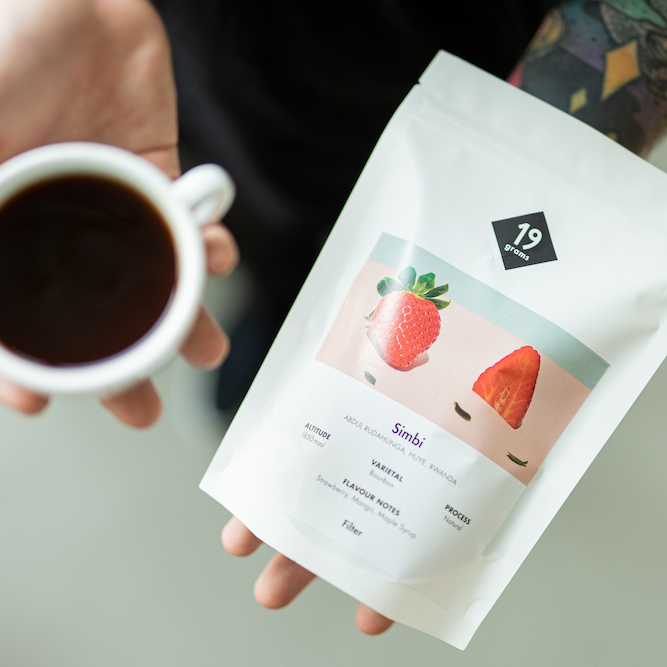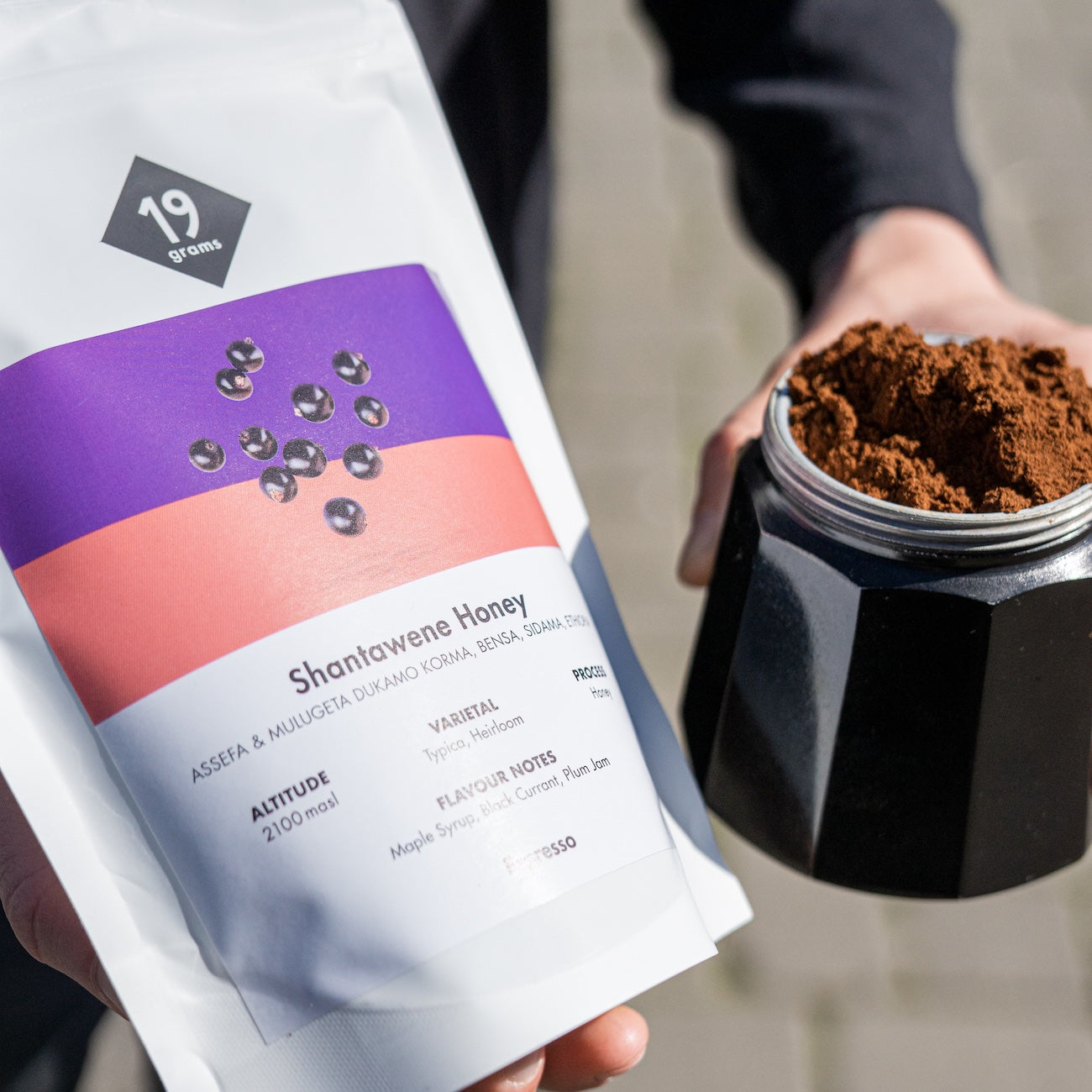Soluble coffee is a popular drink in many households around the world. But how is it actually made? The key lies in a process called agglomeration. In this blog post, we will take a look at agglomeration, the process of making soluble coffee, its ingredients and the characteristics that set it apart.
The term 'agglomeration' comes from the Latin word 'agglomerare', which means 'to clump together' or 'to accumulate'. In the agglomeration process, coffee particles that have been created by spray drying are combined to form larger particles. This is done by briefly moistening them so that they stick together.
First, the soluble extract is obtained from normally roasted and coarsely ground coffee grounds. This is done by forcing hot water through the coffee grounds under high pressure. The resulting extract is then concentrated by removing the water from it. This step is often done by freeze concentration, where the water becomes ice crystals and is separated from the coffee particles it contains by centrifugation.
The concentrated extract is then atomised under pressure through nozzles in a drying tower and the resulting droplets are dried in a stream of hot air. This spray drying initially produces a finely powdered soluble coffee. During agglomeration, however, the coffee particles are moistened with water vapour so that they stick together and form larger, soluble coffee granules, which are typical of instant coffee.
Blends of different coffee beans, so-called blends, are usually used for instant coffee. Otherwise, the ingredients of soluble coffee do not differ from those of conventional coffees. Only water and coffee are used, and there are no unhealthy additives in the instant coffee itself. In fact, because of the agglomeration process, soluble coffee may even contain fewer bitter substances and pollutants than regular coffee.
Agglomeration increases the wettability and dissolving speed of the coffee, allowing it to dissolve easily in water and be used as instant coffee. However, like conventional coffee, soluble coffee loses its aroma and flavour when it comes into contact with oxygen and humidity. It is therefore advisable to use up an opened pack within four weeks.




